Let me guess - you've been sitting on that hard bench for months, promising yourself you'll "get around to buying cushions eventually." Well, your back has been sending you not-so-subtle hints, and now you're finally ready to do something about it. But here's the thing: buying bench cushions isn't as straightforward as it seems.
Many people rush into purchasing bench cushions without doing their homework, only to end up with expensive mistakes. Wrong sizes, uncomfortable materials, cushions that slide around, or worse - cushions that fall apart after one season outdoors. Trust me, I've heard all the horror stories over the years.
The good news? With the right information, you can avoid these pitfalls entirely. I'm going to walk you through everything you need to know to choose bench cushions that actually work for your specific situation. No fluff, no sales pitch - just practical advice based on years of seeing what works and what doesn't.
The Measuring Game: Why "Close Enough" Isn't Good Enough
This might sound obvious, but you'd be amazed how many people eyeball their bench measurements or assume standard sizes exist. Spoiler alert: there's no such thing as a "standard" bench size, and those couple inches you thought didn't matter? They absolutely do.
The Three-Dimensional Challenge
Most folks measure length and maybe width, then call it a day. But bench cushions are three-dimensional objects, and that depth measurement is crucial for both comfort and aesthetics. A cushion that's too thin looks cheap and provides poor support. Too thick, and it overwhelms the bench visually and might interfere with backrests or armrests.

According to the Houzz design guide, optimal bench cushion thickness ranges from 2-6 inches depending on the bench style and intended use. Garden benches typically work best with 3-4 inch cushions, while dining benches might need thinner 2-3 inch profiles to maintain proper table height.
The Complete Measuring Checklist
- Length: Measure the exact seat length, not the overall bench length
- Width: Account for any curves or tapered edges
- Depth: Consider your comfort preferences and any space constraints
- Backrest clearance: Measure the space between seat and backrest if applicable
- Armrest interference: Check for any protruding elements that might affect cushion placement
The Overhang Debate
Should your cushions match the bench dimensions exactly, or is some overhang acceptable? This is where personal preference meets practical considerations. A slight overhang (1-2 inches) can look intentional and provide extra seating comfort. More than that, and you risk the cushions looking disproportionate or sliding off.
For bench cushions with ties or attachment systems, precise sizing matters more than for loose cushions. The attachment points need to align properly, or you'll have gaps and sliding issues.
Always measure twice and round down rather than up. It's easier to live with cushions that are slightly smaller than ones that don't fit properly. Plus, most cushions will expand slightly once they're in use and settle into their permanent shape.
Material Matters: Decoding the Fabric Jungle
Walk into any furniture store and you'll be hit with a barrage of fabric terms: solution-dyed acrylic, polyester blends, water-resistant, fade-resistant, stain-resistant. It's enough to make your head spin, especially when sales associates throw these terms around like everyone's supposed to know what they mean.
The Outdoor vs Indoor Fabric Reality
Here's something that might surprise you - indoor fabrics used outdoors don't just fade or get dirty. They actively deteriorate. UV rays break down the fiber structure, moisture promotes mold growth, and temperature fluctuations cause expansion and contraction that leads to tearing and seam failure.

The Sunbrella fabric care guide explains that outdoor fabrics undergo specialized treatments during manufacturing to resist UV degradation, moisture, and microbial growth. These aren't aftermarket treatments - they're built into the fiber structure itself.
Performance Ratings That Actually Matter
Don't get caught up in marketing terminology. Focus on specific performance ratings:
- UV resistance: Look for fabrics rated to 1000+ hours of UV exposure without significant fading
- Water resistance: Measured in millimeters of water pressure - 600mm minimum for outdoor use
- Mold/mildew resistance: Should be inherent to the fiber, not just a surface treatment
- Colorfastness: Rated on a scale of 1-5, with 4+ recommended for outdoor applications
These ratings aren't just marketing fluff - they're standardized test results that predict real-world performance. A fabric with poor UV ratings might look great for six months, then fade dramatically during the second season.
Comfort Engineering: What Makes Benches Actually Pleasant to Sit On
Let's be honest - most benches are designed for looks, not comfort. They're too narrow, too hard, and at awkward heights. The right cushions can fix these issues, but only if you understand how cushion design affects comfort.
The Thickness Sweet Spot
Thicker isn't automatically better when it comes to bench cushions. Super-thick cushions can actually reduce comfort by raising your seating position too high, affecting your leg angle and putting pressure on the backs of your thighs.

The ideal thickness depends on your bench height and your intended use. For dining benches, you want to maintain proper table height relationship. For relaxation benches, comfort takes priority over precise measurements.
Density vs Softness: The Goldilocks Principle
Here's where a lot of people get confused. Softness and support aren't opposites - they're different characteristics that need to work together. A cushion can feel soft initially but provide firm support under weight, or it can feel firm but compress too much when you sit down.
High-quality bench cushions use multi-layer construction: a supportive core (usually high-density foam) wrapped in softer layers for surface comfort. This gives you the best of both worlds - immediate comfort and long-term support.
Warning: Avoid cushions that feel extremely soft in the store. They're usually made with low-density foam that will compress permanently within months. You'll end up with expensive pancakes instead of comfortable seating.
The Attachment Dilemma: Ties, Velcro, or Nothing at All?
One of the most underestimated aspects of bench cushion design is how they stay in place. Sliding cushions aren't just annoying - they're a safety hazard and make your outdoor space look messy and unkempt.
Tie Systems: Classic but Complicated
Fabric ties are the traditional solution, and they work well when properly designed. But here's what manufacturers don't tell you - tie placement is critical. Ties placed too far apart won't prevent sliding. Ties placed too close together create bunching and uneven pressure distribution.
Quality tie systems use multiple attachment points and consider the bench's specific design. Corner ties work well for rectangular benches, but curved benches might need different approaches.

Alternative Attachment Methods
Velcro systems work well for covered storage areas but degrade quickly under UV exposure. Snap systems are durable but require permanent modification of your bench. Grip strips and non-slip bottoms work for low-movement situations but aren't reliable in windy conditions.
For most applications, I still recommend well-designed tie systems. They're adjustable, replaceable if damaged, and don't require permanent modifications to your furniture.
Weather Resistance: Beyond "Outdoor Rated"
The term "outdoor rated" gets thrown around a lot, but it doesn't mean much without specifics. Outdoor conditions vary dramatically depending on your location, and what works in Phoenix might fail in Seattle.
Regional Weather Challenges
Your local climate should drive your cushion selection more than aesthetics or price. High-UV environments demand different solutions than high-humidity areas. Coastal regions have salt spray considerations that inland areas don't face.
Check with your local outdoor furniture dealers about what works best in your area. They see the failures and successes firsthand and can provide valuable insights about regional performance.
For outdoor bench cushions, consider your microclimate too. Do you have morning dew? Afternoon storms? Pool splash? These factors matter more than general regional weather patterns.
The Quick-Dry Imperative
Even the best waterproof fabrics can fail eventually. When they do, how quickly do your cushions dry? Slow-drying cushions become mold magnets and develop persistent odors that make your outdoor space unpleasant.

Quality outdoor cushions incorporate drainage features: mesh panels, ventilation channels, or quick-dry foam cores. These aren't just nice-to-have features - they're essential for long-term performance and hygiene.
Style vs Function: Finding the Balance
Beautiful cushions that don't perform well aren't a bargain. Functional cushions that look terrible won't enhance your outdoor space. The key is finding options that deliver both style and substance.
Color Psychology and Practical Implications
Color choice affects more than aesthetics. Dark colors absorb heat and can become uncomfortably hot in direct sunlight. Light colors show dirt and stains more easily but stay cooler. Medium tones often provide the best balance of practicality and visual appeal.
Pattern considerations matter too. Solid colors show wear patterns more than subtle patterns. Complex patterns can hide stains but might not coordinate well with other outdoor elements.
Seasonal Versatility
Consider how your cushions will look throughout the year. What works with spring flowers might clash with fall foliage. Neutral base colors with seasonal accent pillows often provide more flexibility than bold statement colors.
Budget Reality: Understanding True Costs
Bench cushion pricing can vary wildly, and understanding why helps you make better value decisions. The cheapest options aren't always the worst value, and the most expensive aren't automatically the best.
Cost Breakdown: What You're Actually Paying For
Premium bench cushions cost more because of:
- Higher-quality fabrics with better performance ratings
- Multi-layer construction with specialized foams
- Better manufacturing techniques (double-stitching, sealed seams)
- More durable attachment systems
- Extended warranties and customer support
Budget options cut costs by using lower-grade materials, simpler construction, and minimal quality control. They might look similar initially, but performance differences become apparent within months.

The Replacement Cycle Factor
Budget cushions typically need replacement every 1-2 years. Premium cushions often last 4-6 years or more. When you factor in the hassle and expense of frequent replacement, higher-quality cushions often represent better value.
This is especially true for custom sizes or unusual shapes, where replacement options are limited and shipping costs add up over time.
Custom vs Standard: When to Go Bespoke
Most people assume custom cushions are expensive luxury items, but that's not always true. For unusual bench sizes or specific performance requirements, custom solutions can actually be more cost-effective than trying to adapt standard products.
When Custom Makes Sense
Consider custom options if you have:
- Non-standard bench dimensions
- Curved or shaped benches that don't fit rectangular cushions
- Specific color or pattern requirements
- Extreme weather exposure that demands specialized materials
- Accessibility needs that require specific firmness or height
For specialized applications, custom bench cushions ensure proper fit and performance rather than compromising with "close enough" standard sizes.
Custom doesn't always mean expensive. Many manufacturers offer semi-custom options where you can specify size and fabric from a limited selection. This provides most custom benefits at near-standard pricing.
Maintenance Realities: What Actually Works
Manufacturers' care instructions often sound great in theory but prove impractical in real life. Here's what actually works for keeping bench cushions clean, comfortable, and long-lasting.
The Prevention-First Approach
The best maintenance strategy is preventing problems rather than fixing them. This means proper storage during extreme weather, regular rotation to prevent uneven wear, and addressing spills immediately before they set.

Quality cushions with removable covers make maintenance much easier. You can wash covers separately while preserving the cushion core, extending overall lifespan significantly.
Cleaning Frequency Reality Check
Most care guides recommend cleaning frequencies that nobody actually follows. Instead of feeling guilty about not deep-cleaning monthly, focus on realistic maintenance schedules:
- Weekly: Quick brush-off and spot cleaning
- Monthly: Thorough vacuum and stain treatment
- Seasonally: Deep cleaning and condition assessment
- Annually: Professional cleaning or replacement evaluation
This approach prevents major problems while staying manageable for busy homeowners.
Shopping Strategy: Avoiding Common Pitfalls
The bench cushion market is filled with misleading product descriptions, inflated claims, and hidden gotchas. Here's how to navigate the shopping process without getting burned.
Red Flags to Watch For
Be wary of:
- Vague fabric descriptions ("premium outdoor fabric" without specifics)
- Unrealistic warranty claims (lifetime warranties on consumable items)
- Prices that seem too good to be true (they usually are)
- Limited or no return policies
- Lack of specific performance ratings or certifications
Major Red Flag: Any retailer that won't provide specific fabric information or performance ratings is probably selling low-quality products. Legitimate outdoor fabric manufacturers are proud of their specifications and provide detailed technical information.
Questions to Ask Before Buying
Don't be afraid to ask detailed questions:
- What specific fabric is used? (Brand name and model, not just generic descriptions)
- What are the UV resistance and water resistance ratings?
- What type of foam or fill is used?
- Are the covers removable for washing?
- What's included in the warranty, and what voids it?
- What's the expected lifespan under normal use?
Reputable sellers will answer these questions readily and provide documentation if requested.
Timing Your Purchase: Seasonal Considerations
When you buy bench cushions can affect both price and selection. Understanding seasonal patterns helps you get better value and avoid common timing mistakes.
The Early Season Advantage
Shopping for bench cushions in late winter or early spring gives you the best selection and allows time for custom orders if needed. Waiting until peak season means limited choices and potential delays.

End-of-season sales can offer great deals, but selection is limited and you'll be storing cushions until next year. For most people, early season shopping provides the best balance of selection, pricing, and immediate usability.
Lead Time Planning
Standard cushions are usually available immediately, but popular sizes and colors can sell out during peak season. Custom cushions typically require 2-4 weeks production time, plus shipping.
Plan accordingly if you have specific deadlines like outdoor entertaining events or seasonal use patterns.
Future-Proofing Your Investment
The best bench cushions adapt to changing needs and maintain their performance over years of use. Here's how to choose cushions that remain valuable long-term.
Modular Thinking
Consider cushion systems that can be mixed, matched, and reconfigured as your needs change. Standard sizes in coordinating colors provide more flexibility than custom one-off solutions.
For square seat cushions that can double as bench cushions, this flexibility becomes even more valuable. You can reconfigure your seating as your outdoor space evolves.
Technology Integration
Some newer bench cushions incorporate technology like built-in LED lighting, heating elements, or smart fabric that adjusts to temperature. While still emerging, these technologies hint at future possibilities worth considering for long-term investments.
When choosing between similar options, lean toward the more versatile choice. Neutral colors, standard sizes, and classic styles age better and provide more options for future updates and expansions.
Special Considerations: Beyond Basic Bench Cushions
Some bench situations require specialized solutions that go beyond standard cushion offerings. Understanding these special cases helps you avoid inappropriate solutions.
Multi-Function Benches
Storage benches, dining benches, and convertible furniture have unique requirements. Storage bench cushions need quick-remove systems for frequent access. Dining bench cushions must maintain proper table height relationships. Convertible furniture needs cushions that work in multiple configurations.
High-Traffic Commercial Applications
Public spaces, restaurants, and commercial applications demand different performance standards than residential use. Commercial-grade fabrics, reinforced construction, and enhanced attachment systems become essential for durability and safety.

The Environmental Angle: Sustainable Choices
As environmental awareness grows, the ecological impact of bench cushions becomes a consideration for many buyers. Understanding the environmental implications helps you make more responsible choices.
Material Sustainability
Recycled content fabrics, sustainable foam alternatives, and end-of-life recyclability vary significantly between manufacturers. Some brands prioritize environmental responsibility, while others focus purely on performance and cost.
The EPA's sustainable materials guide provides framework for evaluating the environmental impact of textile products, including outdoor furniture cushions.
Longevity as Environmental Strategy
Sometimes the most environmental choice is the longest-lasting option, even if it uses non-recycled materials. A cushion that lasts 6 years has less environmental impact than one that needs replacement every 2 years, regardless of initial material composition.
Your Perfect Bench Awaits
Choosing the right bench cushions doesn't have to be overwhelming. Armed with the right information about measurements, materials, attachment systems, and performance requirements, you can make decisions that deliver years of comfort and satisfaction.
Remember, the goal isn't to find perfect cushions - it's to find cushions that perfectly fit your specific situation. Your climate, usage patterns, aesthetic preferences, and budget all matter in the decision-making process.
At Rulaer, we've helped thousands of customers navigate these exact decisions. Whether you need standard solutions or indoor chair cushions that can transition to outdoor use, we understand that every bench situation is unique.
Our experience with everything from simple garden benches to complex commercial installations means we can help you avoid the common pitfalls and find solutions that actually work for your specific needs. We're not just selling cushions - we're helping you create comfortable, beautiful outdoor spaces that enhance your daily life.
Ready to transform that hard, uncomfortable bench into your favorite outdoor spot? Browse our collection and discover why proper bench cushion selection makes all the difference between outdoor furniture and outdoor comfort.

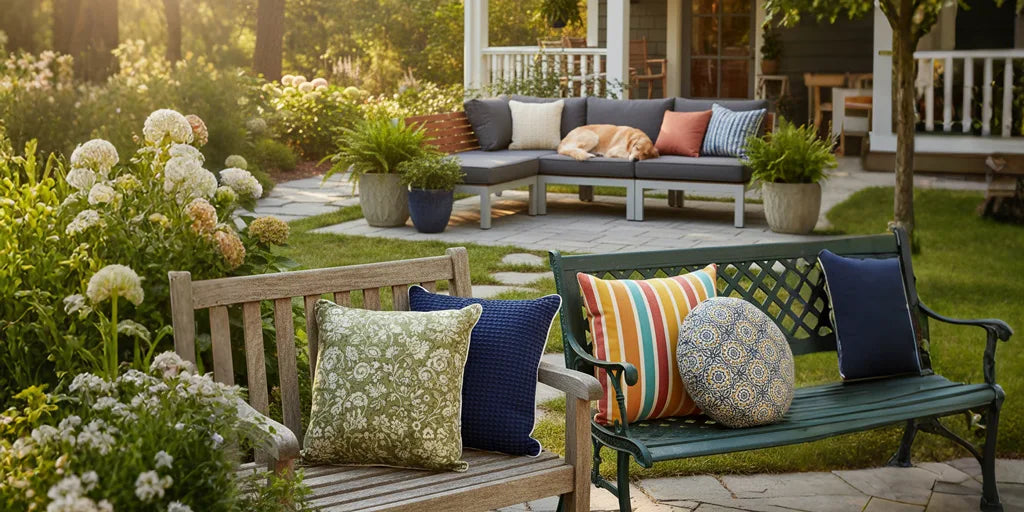
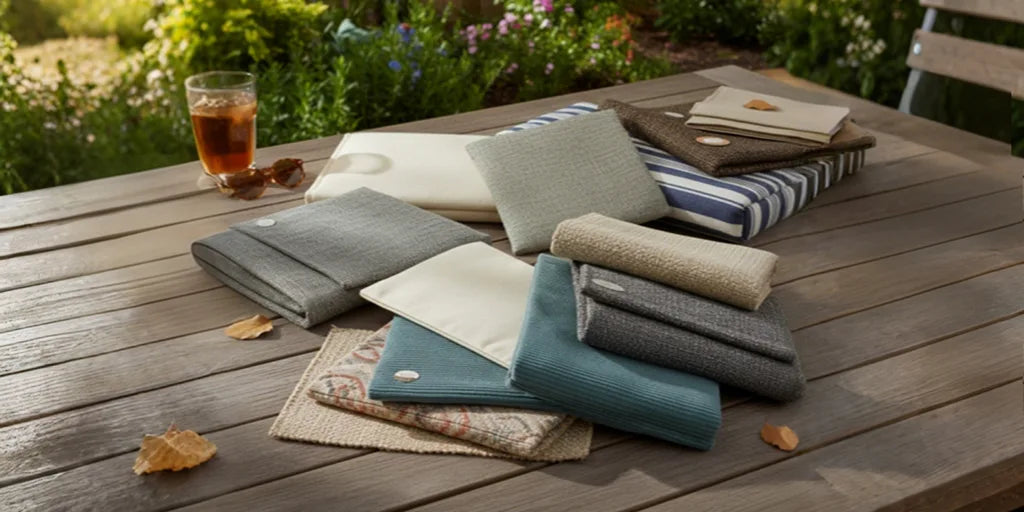
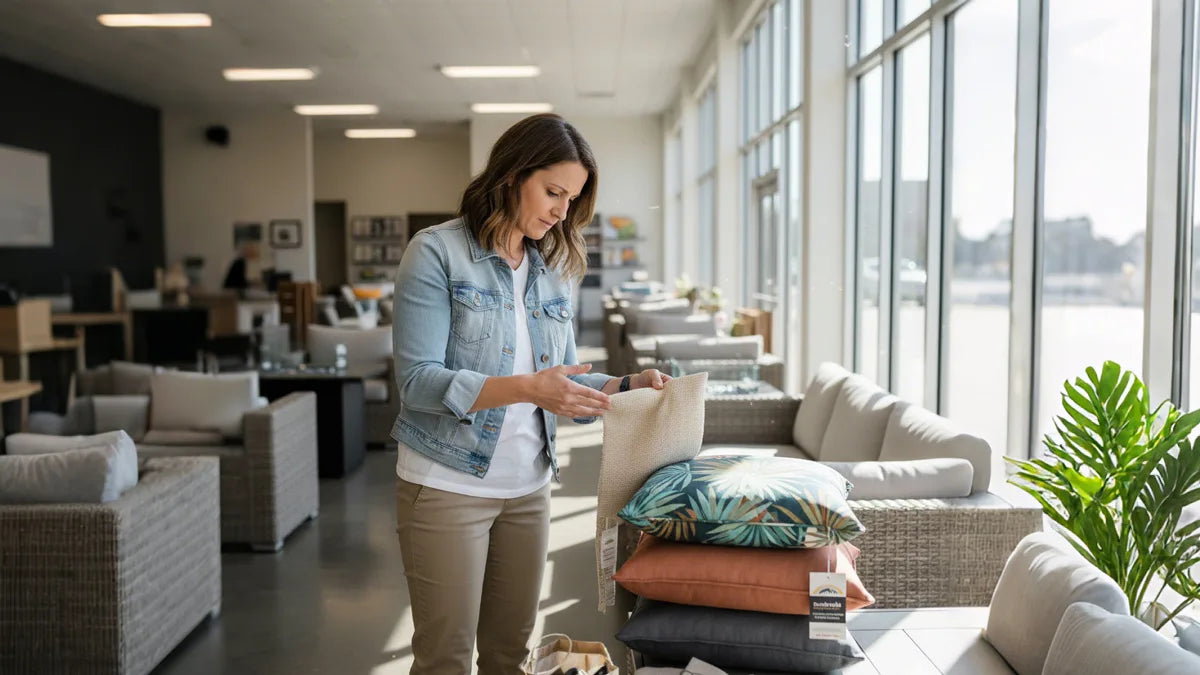
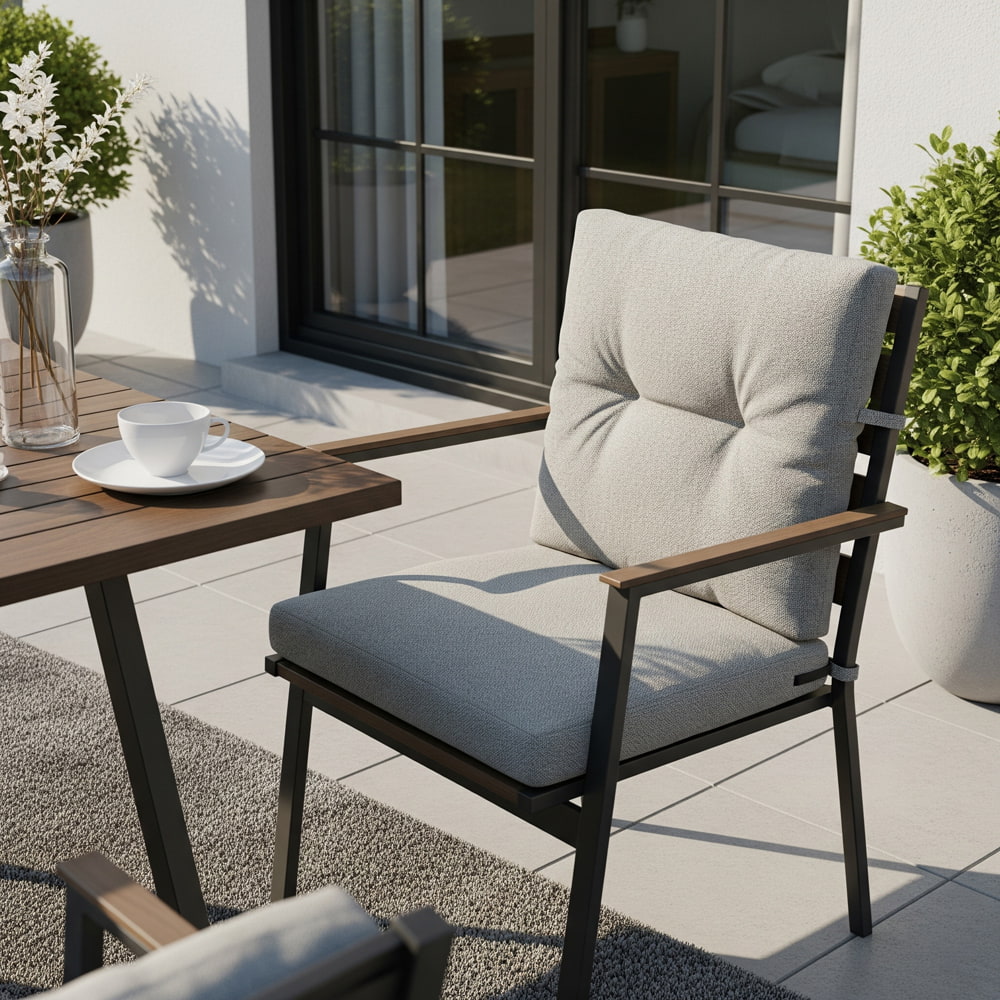
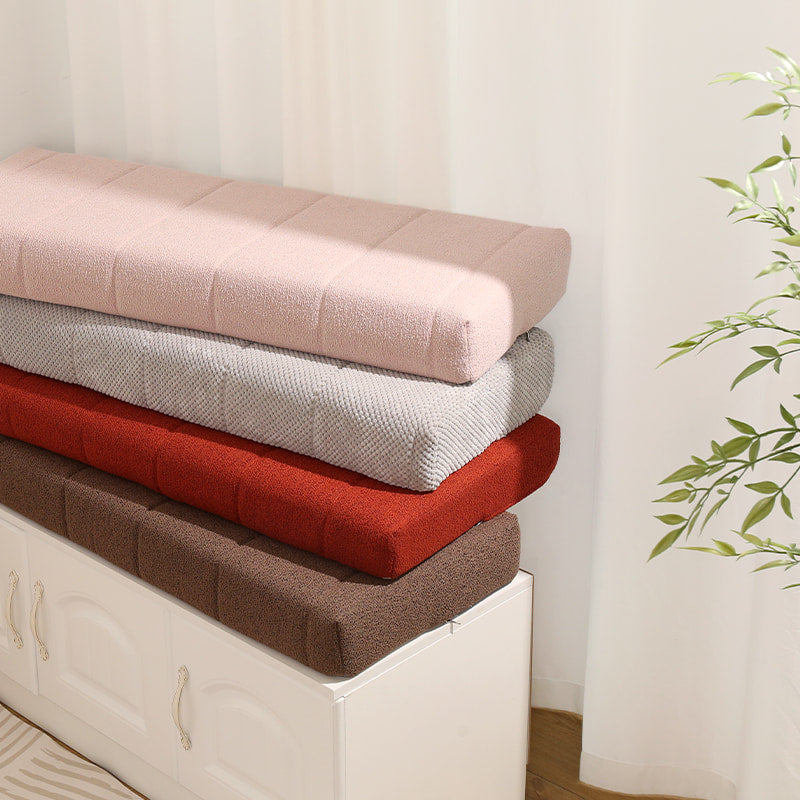
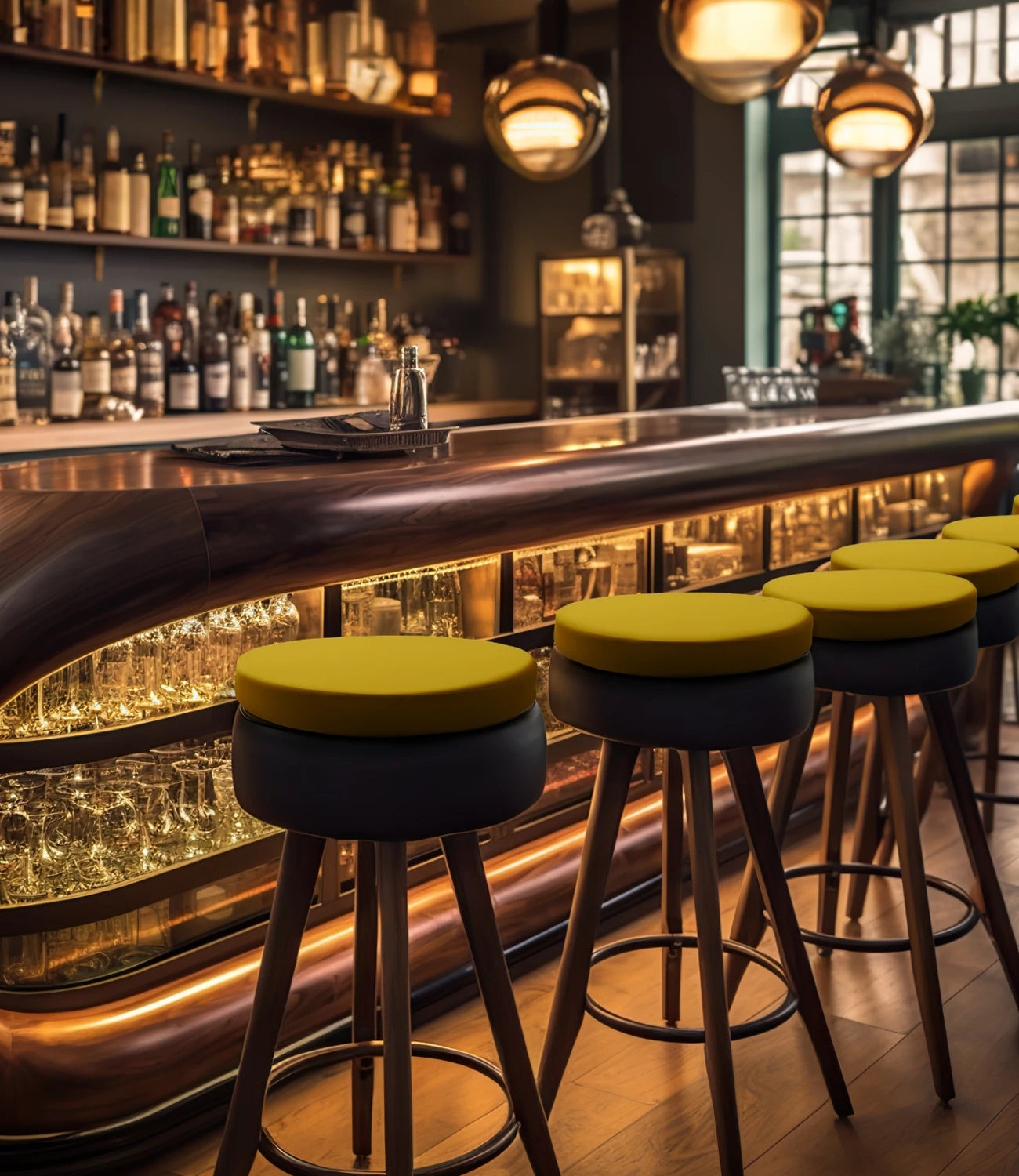
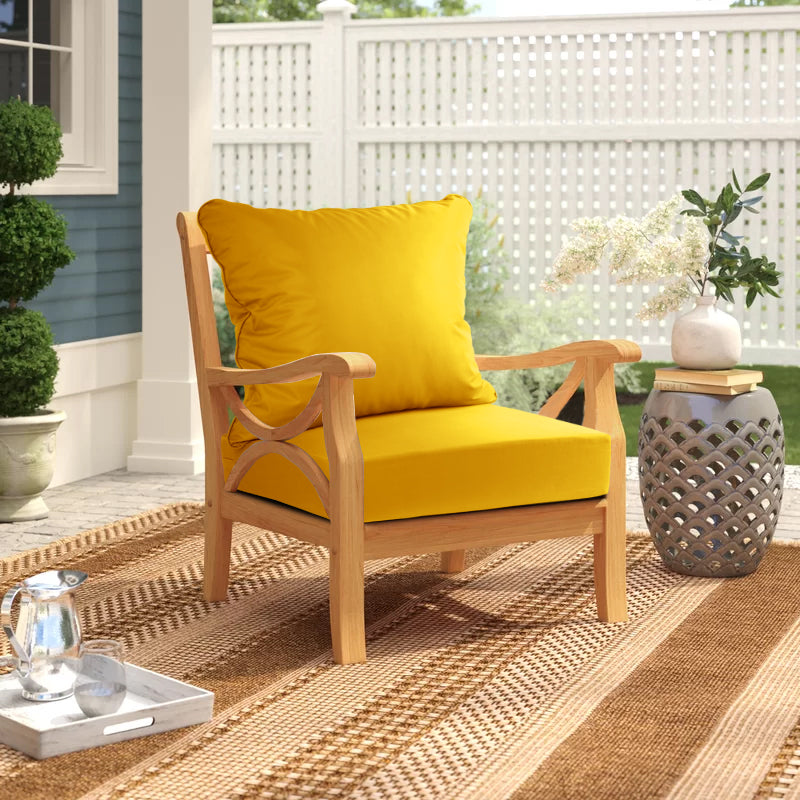
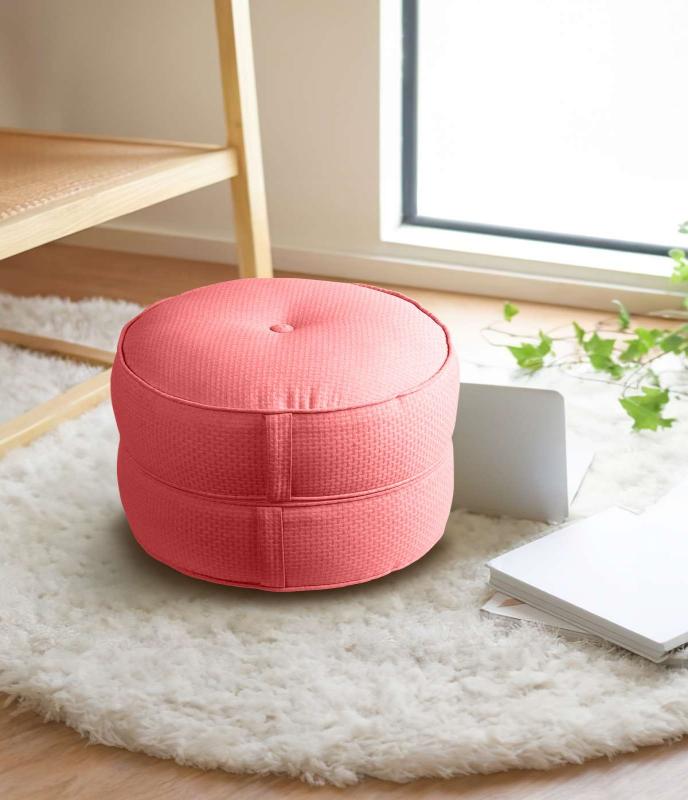
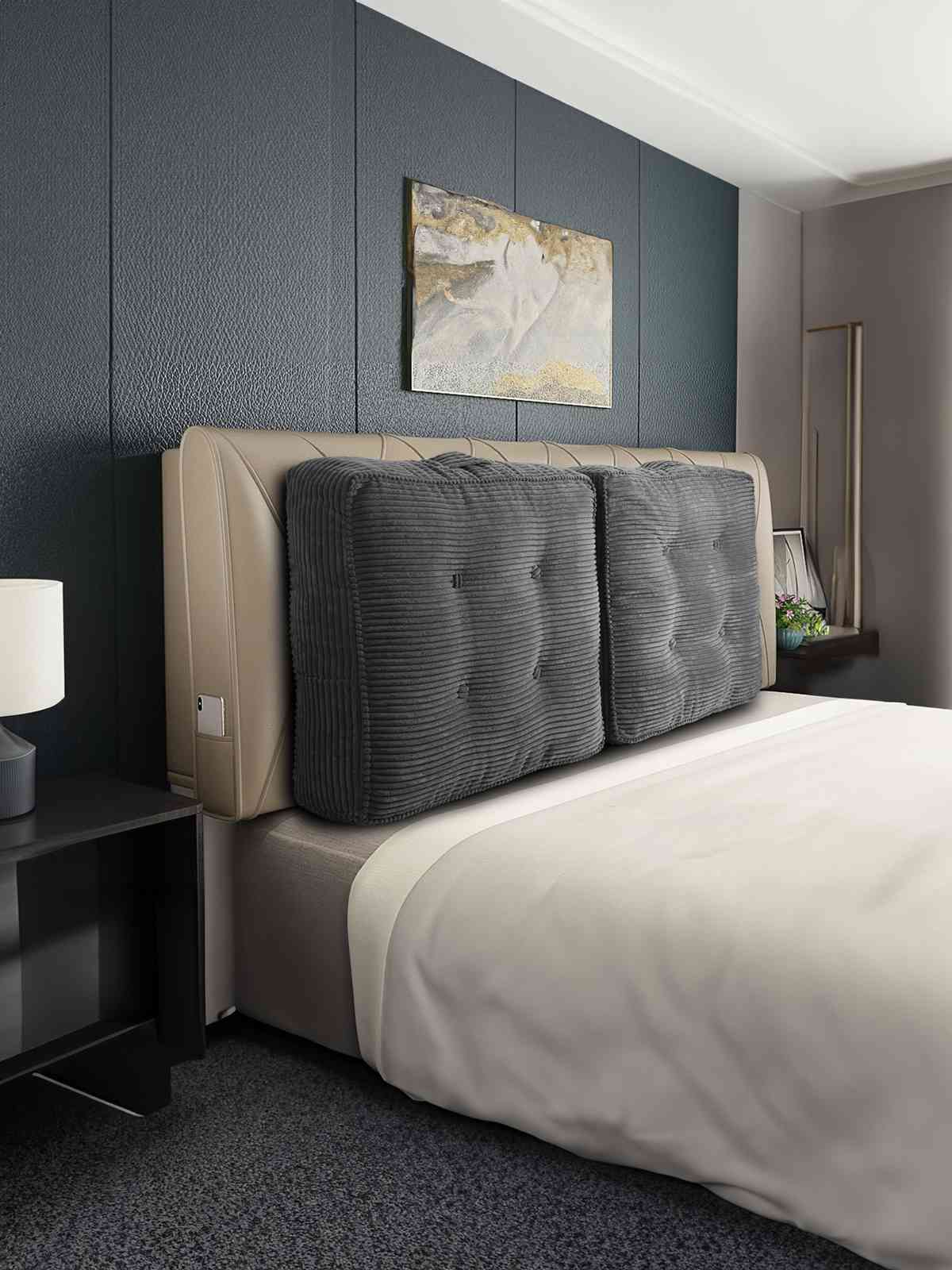
Leave a comment
All comments are moderated before being published.
This site is protected by hCaptcha and the hCaptcha Privacy Policy and Terms of Service apply.